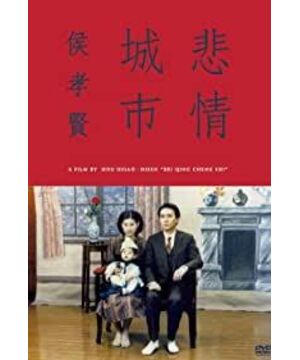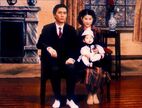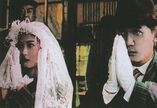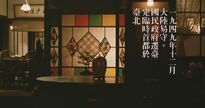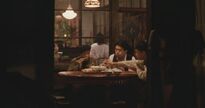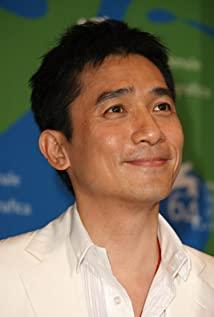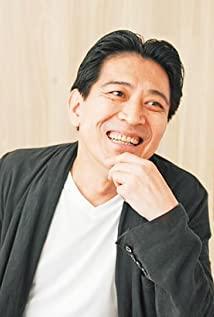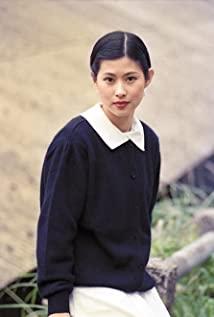This is Hou Hsiao-hsien's highest level of use of his own skills, basically in total command of his craft.
Hou Hsiao-hsien and Jia Zhangke are among the figures who inherited the French New Wave long shot and then developed it forward. Such long shots often have a "life" texture, which is both "exquisite poetic beauty" and "documentary". If Jia Zhangke develops the quality of life in this long shot into "documentary", then Hou Hsiao-hsien's long shot develops it into "exquisite poetic beauty".
How did it develop? Take Hou Hsiao-hsien's medium-range long-range fixed-length lens in "City of Sadness" as an example. On the one hand, this shot is to make the film appear more emotionally restrained by maintaining a distance from the characters, and on the other hand, it is also to highlight the powerlessness of the characters.
So what's the point of showing incompetence? Specifically, when the lens is far away from the character and is fixed, the lens seems to be "shooting with the character's environment as the protagonist". Why do you say that? Because, the subconscious inertia of ordinary people is that the camera moves with the movement of the event, and if the camera does not follow the movement of the person, it can only follow the movement of something else—that is, the environment in which the character is located. . The environment is not moving, so the subconscious feeling is that the environment is the "protagonist".
In this "protagonist", on the one hand, the characters appear very small because of the medium and full perspective, and on the other hand, the characters move around but cannot move the scope of the "protagonist". The combination of these two gives the impression that the character has "no way" to take this "protagonist", thus showing the character's sense of powerlessness against the environment they are in.
In addition to the medium and long-range fixed long shots, the film also has many excellent techniques, such as:
——Through the extensive use of "frames" such as door frames and windows to create a zigzag spatial layout and a spatial picture full of depth/depth of field, so as to enrich the "emotion" and "information sense" in the shot and prevent the film from being too bland . (It is interesting to say that "Spring in a Small Town" also uses a lot of frames.)
- Put natural scenery into the lens. With some tones and composition, this kind of natural scenery can make them have a mood, and it is also a kind of scene blending and lyrical borrowing.
- Leave the characters blank. In the movie, sometimes people's expressions or even body movements cannot be clearly seen because of the medium and full perspective (sometimes because they are not in the lens at all), but they can see the environment where people are, so that the background sound of this environment and this environment can be seen. The tone of speaking with the person fills the whole atmosphere. This process also allows the viewer to pay attention to the emotions of the film’s story.
- The sound (note: not the music) is also very well handled. Whether it is writing letters, pulling drawers, wind, chatting, playing cards, or whatever, there is a damp, emotional and life-like feeling, not detached like Yang Dechang at all. This aspect is also an important source of refined poetry in Hou Hsiao-hsien's films.
——Of course, the BGM inside is also very well made, which fits the atmosphere of the movie very well.
--wait wait wait.
These techniques give Hou Hsiao-hsien's films a touch of poetry, and when encountering this sad story, there is this restrained and shocking "sorrow".
View more about A City of Sadness reviews


